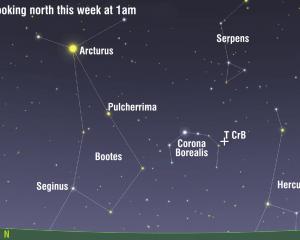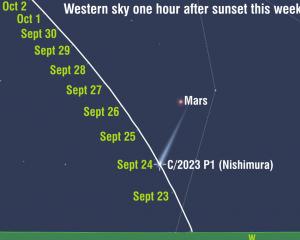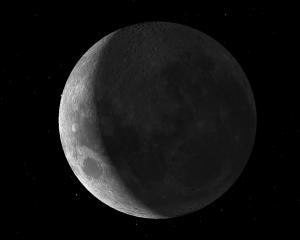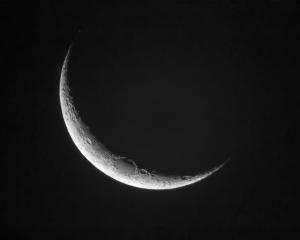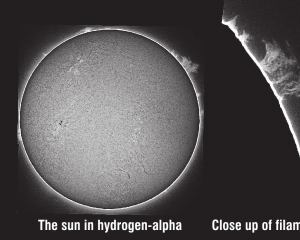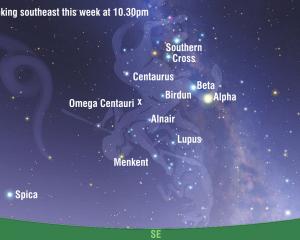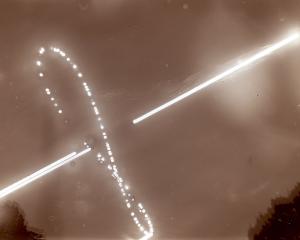To the ancient Greeks and Romans, who lived in the northern hemisphere, the ''dog days'' of summer were so called because they occurred around the time when Sirius, the brightest star in the sky, in the constellation of Canis Major, or the greater dog, appeared to rise just before the sun, in late July.
Because this was the hottest time of the year, the dog days were much feared, as they occurred when fever and disease were common.
Sirius will be twinkling brightly and high in the sky as darkness descends this week. So perhaps we should be celebrating ''the dog nights'' of summer rather than dog days.
Along with its companion constellation Canis Minor, or the lesser dog, Canis Major forms a brace of canine companions loyally chasing their master Orion the Hunter across the sky.
Sirius is a fascinating object, whose name, translated from Greek, means ''glowing'' or ''scorching''. It is also very easy to locate; if you extend an imaginary line out from Orion's three belt stars, Sirius is the first bright star you come to.
Sirius is bright because, astronomically speaking it is relatively close; at a distance of just over eight light years, it is one of the 10 closest stars. To the unaided eye, Sirius looks like a single star, but astronomers have discovered that it has a small, dense white dwarf companion, called Sirius B, which takes just over 50 years to complete one orbit of its parent star. Sirius B is very dense; its mass is comparable to that of the sun, while its volume is comparable to that of Earth.
Because Canis Major is located in the star clouds of the summer Milky Way, it is a region of the sky that undoubtedly repays careful attention, especially with a good pair of binoculars.
As this week's star chart shows, there are a number of beautiful star clusters, such as M41 (the 41st object in Astronomer Charles Messier's catalogue of celestial splendours). M41 is a cluster of more than 100 stars in a region of sky about the same size as the full moon.
-By Ian Griffin

